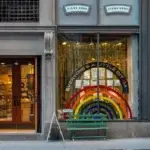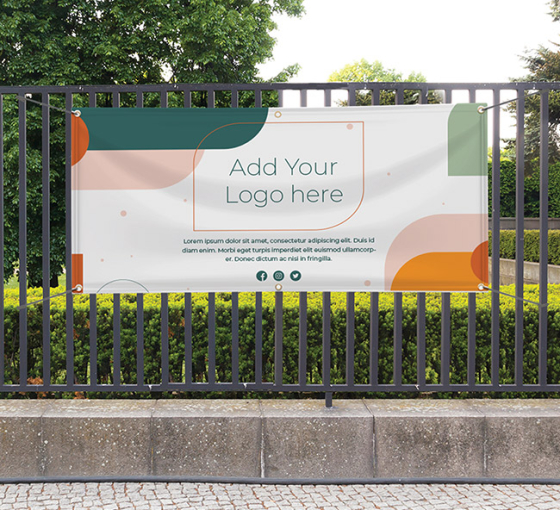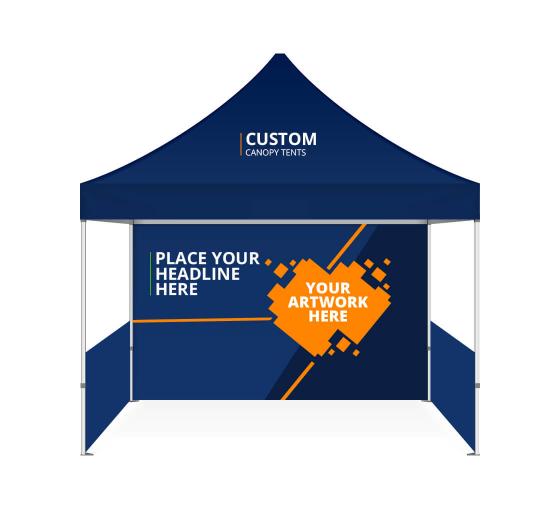
In the ever-evolving world of marketing and brand visibility, businesses are constantly seeking the most effective ways to stand out. One of the common debates among entrepreneurs and marketers today revolves around digital signage vs. traditional signage. Both serve the purpose of promoting businesses, products and services, but their applications, costs and effectiveness vary significantly.
For businesses aiming to make a strong visual impact without stretching their budgets, traditional signage remains a reliable and versatile solution. While outdoor digital signage solutions are often seen as a modern innovation, the tried-and-true methods of traditional signs that include rigid signs, custom signs, window signs or even LED neon signs continue to deliver excellent results. So, how do you decide which is the best signage for businesses like yours? Let’s dive into the details.
Understanding the Basics: Digital vs. Traditional Signage
Before exploring which option contributes more to business growth, it’s essential to understand what each type of signage entails.
Digital signage typically refers to screens and displays powered by LED or LCD technology. These are often used to show dynamic content such as videos, animations and real-time information. Outdoor digital signage solutions are commonly found in urban areas, malls, airports and large retail spaces.
On the other hand, traditional signage includes static, physical signs. These are custom-made to suit different business needs, whether for outdoor advertising, trade shows or storefront displays.
The Case for Traditional Signage in Business Growth
While digital displays offer flashy visuals, traditional signage has stood the test of time. For many industries, especially small businesses and local enterprises, traditional signage continues to be a cornerstone of effective marketing. Here’s why:
1. Cost-Effective Solutions for Small Businesses: Small businesses often operate with limited marketing budgets. Investing in outdoor digital signage solutions can be expensive, considering the hardware, installation and maintenance costs. Additionally, constant software updates and potential technical issues can add to ongoing expenses.
In contrast, traditional signage offers cost-effective signage solutions for small businesses. Whether it’s a custom sign printing for a storefront or yard signs to advertise an upcoming event, traditional options provide high visibility at a fraction of the cost. Materials like vinyl, aluminum and acrylic are durable and budget-friendly, offering long-lasting value.
2. Versatility and Customisation: One of the greatest advantages of traditional signage is its versatility. Businesses can choose from a wide range of products, including banners, flags, and neon signs. These can be tailored in terms of size, colour, material and design to meet specific branding needs.
At BannerBuzz, for instance, you can create custom signs that reflect your brand identity, whether you want to promote a seasonal sale or announce a grand opening. The ability to personalise traditional signage makes it a flexible tool for various marketing campaigns.
3. Durability in Different Environments: Traditional signage is often designed to withstand different weather conditions, making it an excellent choice for outdoor advertising. Most of these traditional signs and banners are durable and resistant to fading, moisture and wind. This makes them reliable options for long-term use.
While outdoor digital signage solutions also claim durability, they require constant power sources and can be susceptible to damage from harsh weather or technical malfunctions. On the other hand, traditional signage works independently of power and technology, offering peace of mind.
4. Ease of Use and Installation: Another key reason traditional signage remains a popular choice is its ease of installation. Setting up a yard sign, for example, can be quickly done without needing technical expertise. This means businesses can roll out new promotions or update their marketing displays effortlessly.
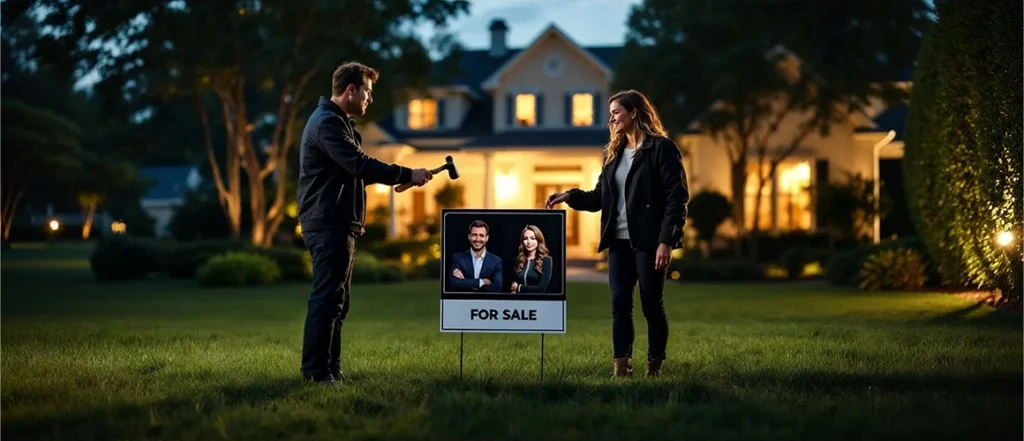
In contrast, digital signage requires electrical work, software integration and regular content management. For small business owners who prefer simplicity and speed, traditional signage is often the better choice.
The Limitations of Digital Signage
While there are undeniable benefits of digital signage, such as dynamic content and remote updates, these advantages often come at a cost. The upfront investment for digital screens, media players and content creation can be steep. For businesses in smaller markets or those with limited foot traffic, the ROI may not justify the expense.
Moreover, digital signage vs. traditional signage debates often overlook the fact that not every customer prefers flashy displays. Some audiences are drawn to the authenticity and straightforward messaging that traditional signage provides. A well-designed custom LED neon sign can catch the eye and leave a lasting impression without relying on digital technology.
Read Also: Top 5 Benefits of Neon Signs in Restaurants, Bars Custom Branding
How to Choose Between Digital Signage and Traditional Signage?
Deciding how to choose between digital signage and traditional signage comes down to your business goals, budget, location and audience. Here are a few questions to help guide your decision:
- What is your budget? If you need cost-effective signage solutions for small businesses, traditional signage is typically more affordable.
- Where will the signage be placed? For outdoor locations, durable rigid signs can offer great visibility.
- Who is your target audience? Consider whether your audience prefers a high-tech look or values classic, trustworthy branding.
- What message are you conveying? If you need to display frequently changing content, digital signage may be beneficial. But for consistent messages like business names, promotions and directions, custom signs and banners are highly effective.
Traditional Signage in the Modern Age
Traditional signage isn’t just a relic of the past—it has evolved to meet modern business needs. With advancements in materials, printing technology and design options, traditional signage now offers vibrant, high-quality visuals that stand out in any setting.
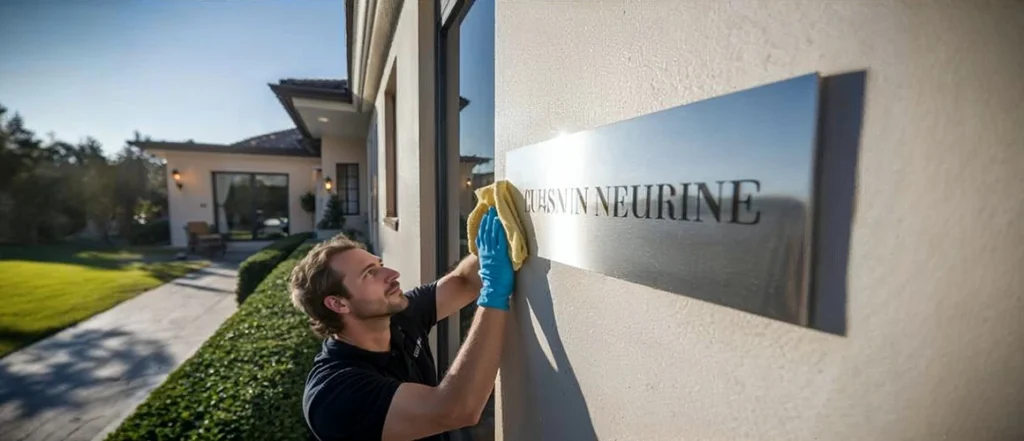
For example, neon signs have made a comeback, bringing a nostalgic yet trendy vibe to cafes, retail stores and salons. Rigid signs with UV-resistant coatings and high-resolution graphics can create a polished, professional appearance. Yard signs remain a favorite for local promotions, open houses and political campaigns due to their affordability and convenience.
Final Thoughts: Which Option Determines Business Growth?
When weighing digital signage vs. traditional signage, it’s clear that both have roles to play in modern marketing. However, for many businesses—especially small to medium-sized ones—traditional signage delivers an ideal balance of affordability, reliability and impact.
The best signage for businesses is the one that meets specific goals without overextending resources. For companies looking for cost-effective signage solutions for small businesses, BannerBuzz offers a wide selection of custom signs that are designed to boost visibility and drive growth.
While the benefits of digital signage are often touted, the proven success of traditional signage speaks volumes. It’s a timeless marketing tool that continues to help businesses grow, attract customers and build lasting brand recognition.
Written By BannerBuzz Editorial Team.
























 Posted in
Posted in 





